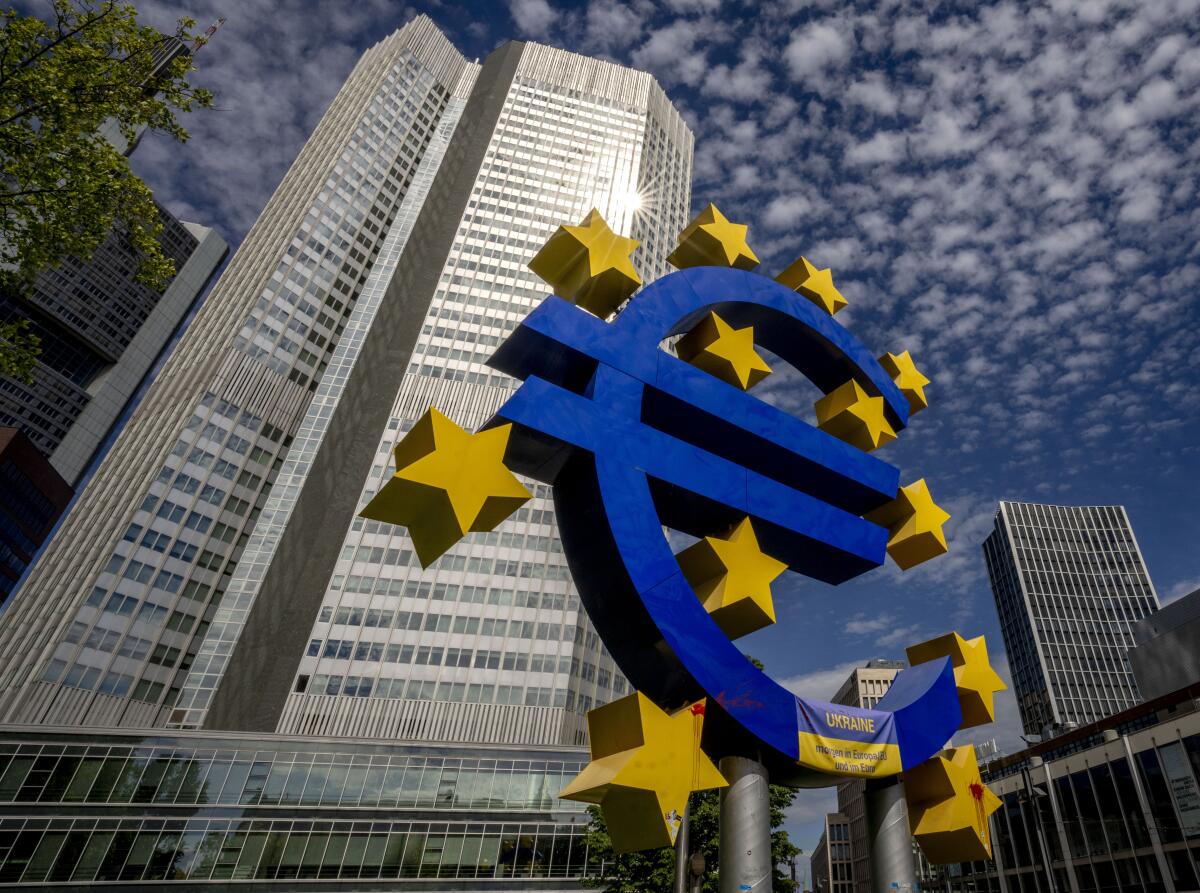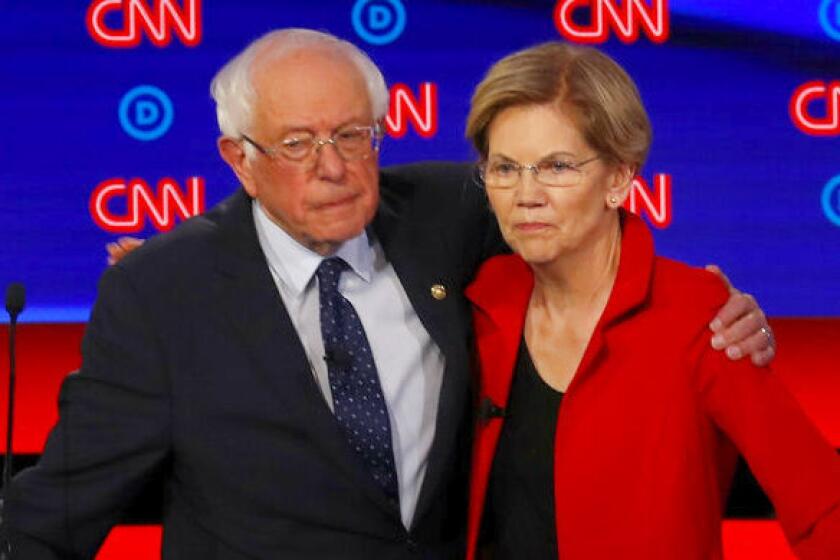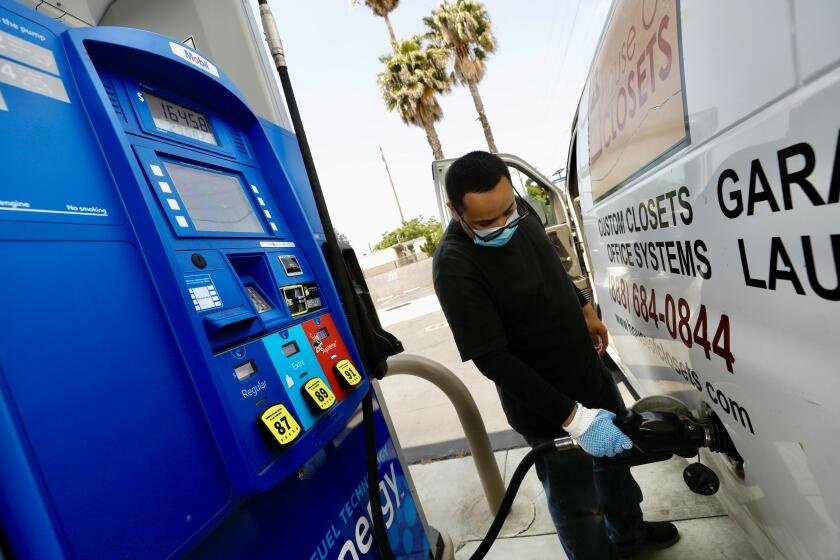A euro is worth less than a dollar for the first time in 20 years. What does that mean?

The euro has fallen below parity with the dollar, diving to its lowest level in 20 years and ending a one-to-one exchange rate with the U.S. currency.
It’s a psychological barrier in the markets, and the slide in values underlines the sense of foreboding in the 19 European countries that use the euro as they struggle with an energy crisis caused by Russia’s war in Ukraine.
Here’s why the euro’s slide is happening and what impact it could have:
What does euro and dollar parity mean?
It means the European and U.S. currencies are worth the same amount. While constantly changing, the euro has dropped just below a value of $1 this week.
A currency’s exchange rate can be seen as a judgment on economic prospects, and Europe’s have been fading. Expectations that the economy would see a rebound after turning the corner from the COVID-19 pandemic have been replaced by recession predictions.
More than anything, high energy prices and record inflation are to blame. Europe is far more dependent on Russian oil and natural gas than the United States to generate electricity and keep industry humming. Fears that the war in Ukraine will lead to a loss of Russian oil on global markets have pushed oil prices higher. And Russia has been cutting back natural gas supplies to the European Union, which EU leaders describe as retaliation for sanctions on Russia and weapons deliveries to Ukraine.
Some bosses consider telework as a benefit. Many workers don’t see it that way but are willing to accept a lower salary, up to a point.
Energy prices have driven inflation in the Eurozone to a record 8.9% in July, making everything from groceries to utility bills more expensive. They also have raised fears about governments needing to ration natural gas to industries such as steel, glassmaking and agriculture if Russia further reduces or shuts off the gas taps completely.
The sense of doom increased as Russia reduced the flows through the Nord Stream 1 pipeline to Germany to 20% of capacity and said it would shut it down for three days next week for “routine maintenance” at a compressor station.
Natural gas prices on Europe’s TTF benchmark have soared to record highs amid dwindling supplies, fears of further cutoffs and strong demand.
“If you think Euro at parity is cheap, think again,” Robin Brooks, chief economist at the Institute of International Finance banking trade group, tweeted Monday. “German manufacturing lost access to cheap Russian energy & thus its competitive edge.”
“Global recession is coming,” he said in a second tweet.
When was the last time a euro was worth less than a dollar?
The euro was last valued below $1 on July 15, 2002.
The European currency hit its all-time high of $1.18 shortly after its launch on Jan. 1, 1999, but then began a long slide, falling through the $1 mark in February 2000 and hitting a record low of 82.3 cents in October 2000. It rose above parity in 2002 as large trade deficits and accounting scandals on Wall Street weighed on the dollar.
Is canceling student debt inflationary? No, it’s good for the economy.
Then as now, what appears to be a euro story is also in many ways a dollar story. That’s because the U.S. dollar is still the world’s dominant currency for trade and central bank reserves. And the dollar has been hitting 20-year highs against the currencies of its major trading partners, not just the euro.
The dollar is also benefiting from its status as a haven for investors in times of uncertainty.
Why is the euro falling?
Many analysts attribute the euro’s slide to expectations of rapid interest rate increases by the U.S. Federal Reserve to combat inflation at close to 40-year highs.
As the Fed raises interest rates, the rates on interest-bearing investments tend to rise as well. If the Fed raises rates more than the European Central Bank, higher interest returns will attract investor money from euros into dollar-denominated investments. Those investors will have to sell euros and buy dollars to buy those holdings. That drives the euro down and the dollar up.
Last month, the European Central Bank raised interest rates for the first time in 11 years by a larger-than-expected half-percentage point. It is expected to add another increase in September. But if the economy sinks into recession, that could halt the European Central Bank’s series of rate increases.
Meanwhile, the U.S. economy looks more robust, meaning the Fed could go on tightening — and widen the rate gap.
Most analysts say the report for July suggests the rate of inflation has peaked and will gradually decline from its 40-year high.
Who wins?
American tourists in Europe will find cheaper hotel and restaurant bills and admission tickets. The weaker euro could make European export goods more competitive on price in the United States. The U.S. and the EU are major trade partners, so the exchange rate shift will get noticed.
In the U.S., a stronger dollar means lower prices on imported goods — from cars and computers to toys and medical equipment — which could help moderate inflation.
Who loses?
American companies that do a lot of business in Europe will see the revenue from those businesses shrink when and if they bring those earnings back to the United States. If euro earnings remain in Europe to cover costs there, the exchange rate becomes less of an issue.
A key worry for the United States is that a stronger dollar makes U.S.-made products more expensive in overseas markets, widening the trade deficit and reducing economic output, while giving foreign products a price edge in the United States.
A weaker euro can be a headache for the European Central Bank because it can mean higher prices for imported goods, particularly oil, which is priced in dollars. The ECB is already being pulled in different directions: It is raising interest rates, the typical medicine for inflation, but higher rates also can slow economic growth.
More to Read
Inside the business of entertainment
The Wide Shot brings you news, analysis and insights on everything from streaming wars to production — and what it all means for the future.
You may occasionally receive promotional content from the Los Angeles Times.













